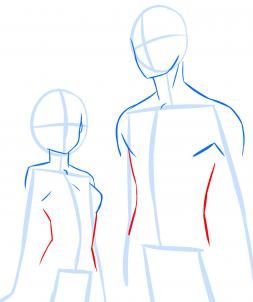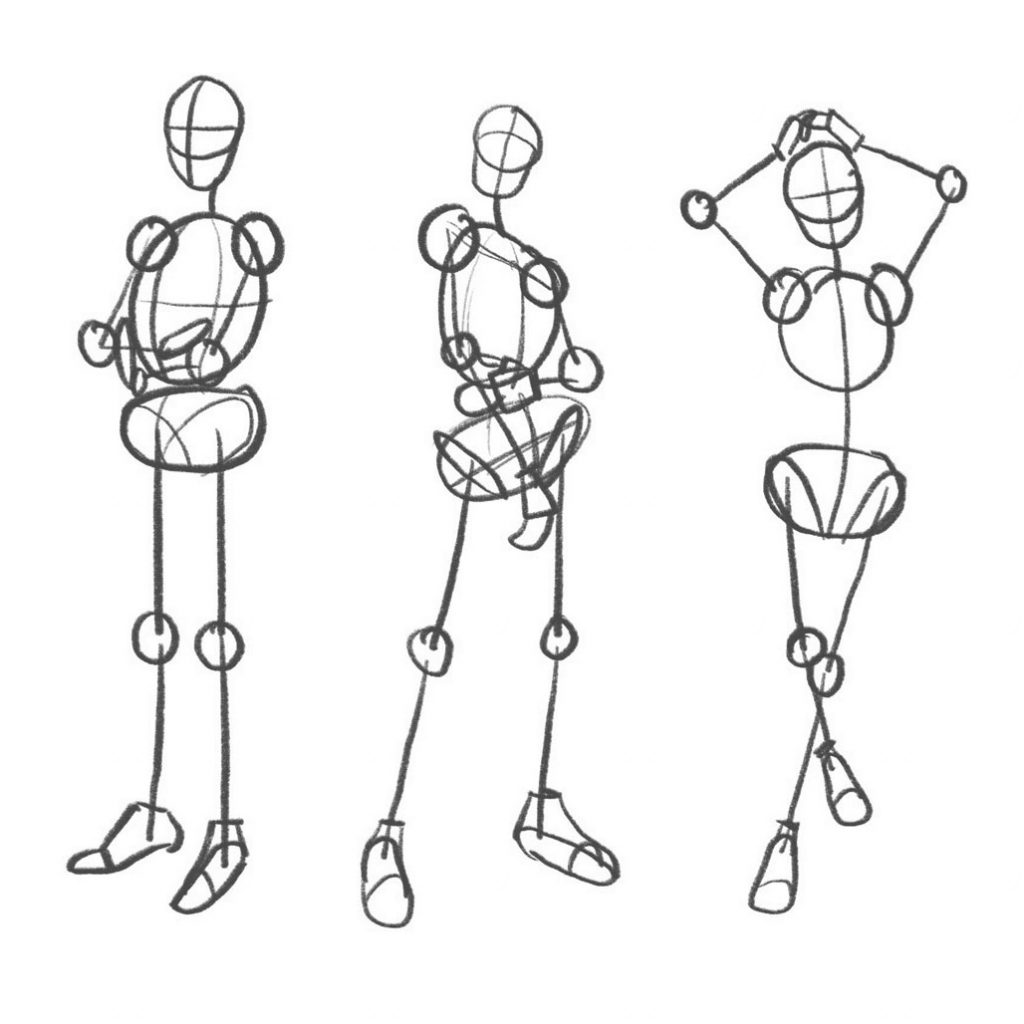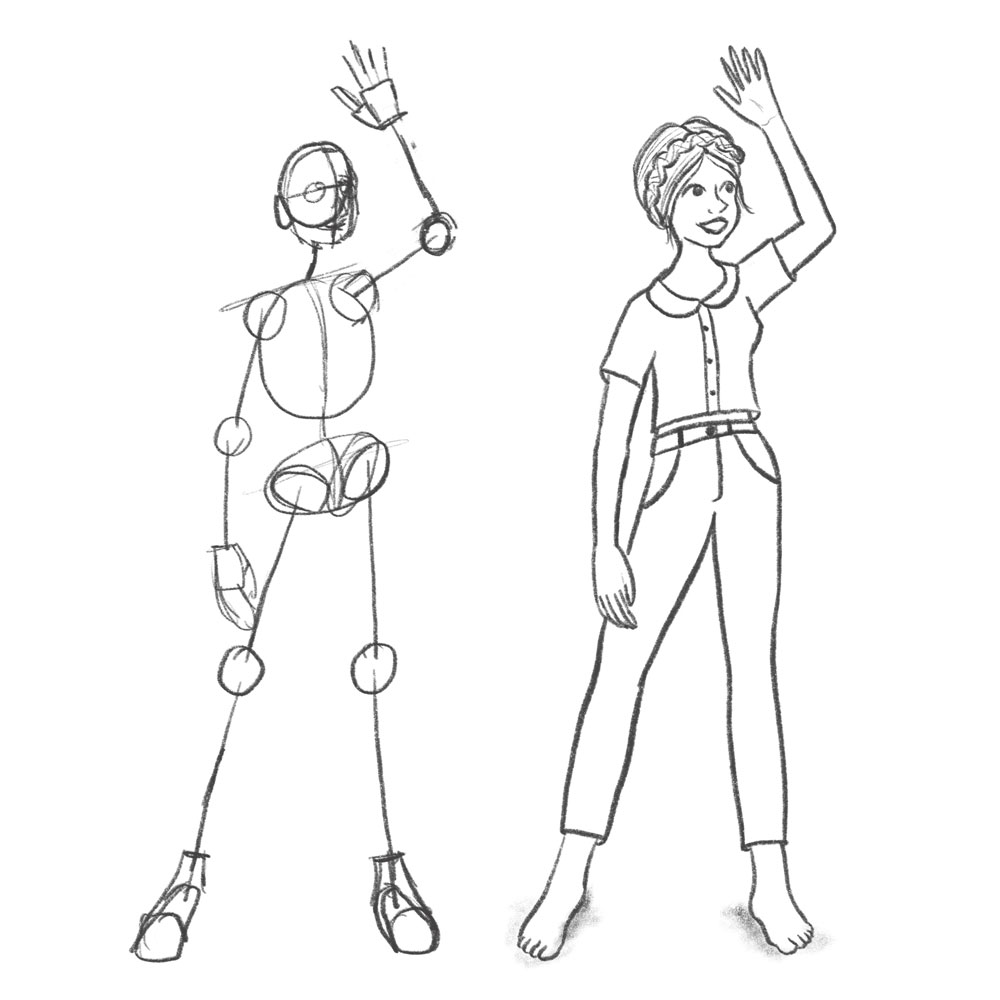How to Draw Poses: In the field of art, the posing is perhaps one of the most thrilling artistic endeavors that most of us enjoy embarking on. Out of the same curiosity, most people wonder how to pose in order to excel at this type of art. Posing can appear to be very difficult however just like every other art it’s yet another aspect of the work of art.
So, if you are ready to learn drawing human poses then we are certainly happy to take you through the same. The article below gives the step-by-step guide as to how anyone can learn the most possible realistic human poses from the scratch. You can simply go ahead with the article to start your learning process to the human poses.
How to Draw Poses?
Well, drawing the poses is similar to drawing the other objects but things differ with the approach. You have to adopt a specific approach to draw the most precise human poses. You can just proceed with the following step-by-step guide to make it come quite simpler for you.
How To Draw Human Poses
Step – 1
- You have to begin first by gathering enough material and resources before you actually start drawing the pose.
- If you are a beginner then you should start by putting the paper, pencil, and an eraser in place that are of some fine quality.
- Being a beginner, you do not need to worry about putting the canvas colors, brushes, pastels, etc.
- Then you will need inspiration to sketch the post that can be a model’s picture, a person in real life, another image, etc to refer to.
Step – 2
- Now you will just start ahead by just sketching the basic action line around which the entire pose will be based.
- Every single pose has one or more lines of action and the most that can be used to initiate the overall composition of the pose.
- The action line is usually in the vertical position but the figure can vary based on the standing posture of the subject like twisted, curved, or in the gesturing stance
- You need to be able to recognize the correct central line so that you can draw a correct framework for the pose.
Step – 3
- Now in this step, you can choose to divide the body parts in terms of 3D shapes that can make the process very easy.
- For example, you can use the rectangular for the torso, cylinders for the legs, and then arms.
- In the same way, the spheres can be used for the creation of shoulders, knees, and the sockets
- These 3D features will actually benefit you as the building blocks of your pose and you just have to employ them correctly.
Step – 4
- Well, this is the final step where we will concentrate on bringing clarity to the drawn raw pose.
- You should begin doing that with the aid of sketching the overall posture in this step.
- As human poses are not as clean-lined tubes so you can utilize the sketch to provide it a more realistic appearance.
- Remove all the extraneous lines from the pose that may be providing the raw look to the pose.
- With the right finishing, you are able to design the almost most realistic human stance.
We are of the opinion that this said guide on drawing the pose shall be extremely useful for all the starters out there. They can easily make use of this guide as the reference point to start their art of human poses.
How To Draw Poses – Sketch

Skilled teacher, knowledgeable in and in adapting state content standards to individual needs in
Elementary-6th grade classrooms. Utilizes instructional materials, technology, and teaching methods to
engage students in effective learning opportunities in individual, small group, and whole-group settings to
maximize instructional time. Differentiates instruction for ELLs while exposing them to rigorous content,
with a focus on literacy skills in all subject areas. Establishes and maintains appropriate standards of
behavior in an inclusive and respectful environment for students from all socio-economic and cultural
backgrounds. Develops lesson plans using Backwards Planning Method to align content standards and
assessments with effective learning activities. Communicates and collaborates effectively with staff and
parents, and creates a safe and positive learning environment for students. Has taught in both in-person
and virtual environments. Professional Communicator with 20+ years of experience.





